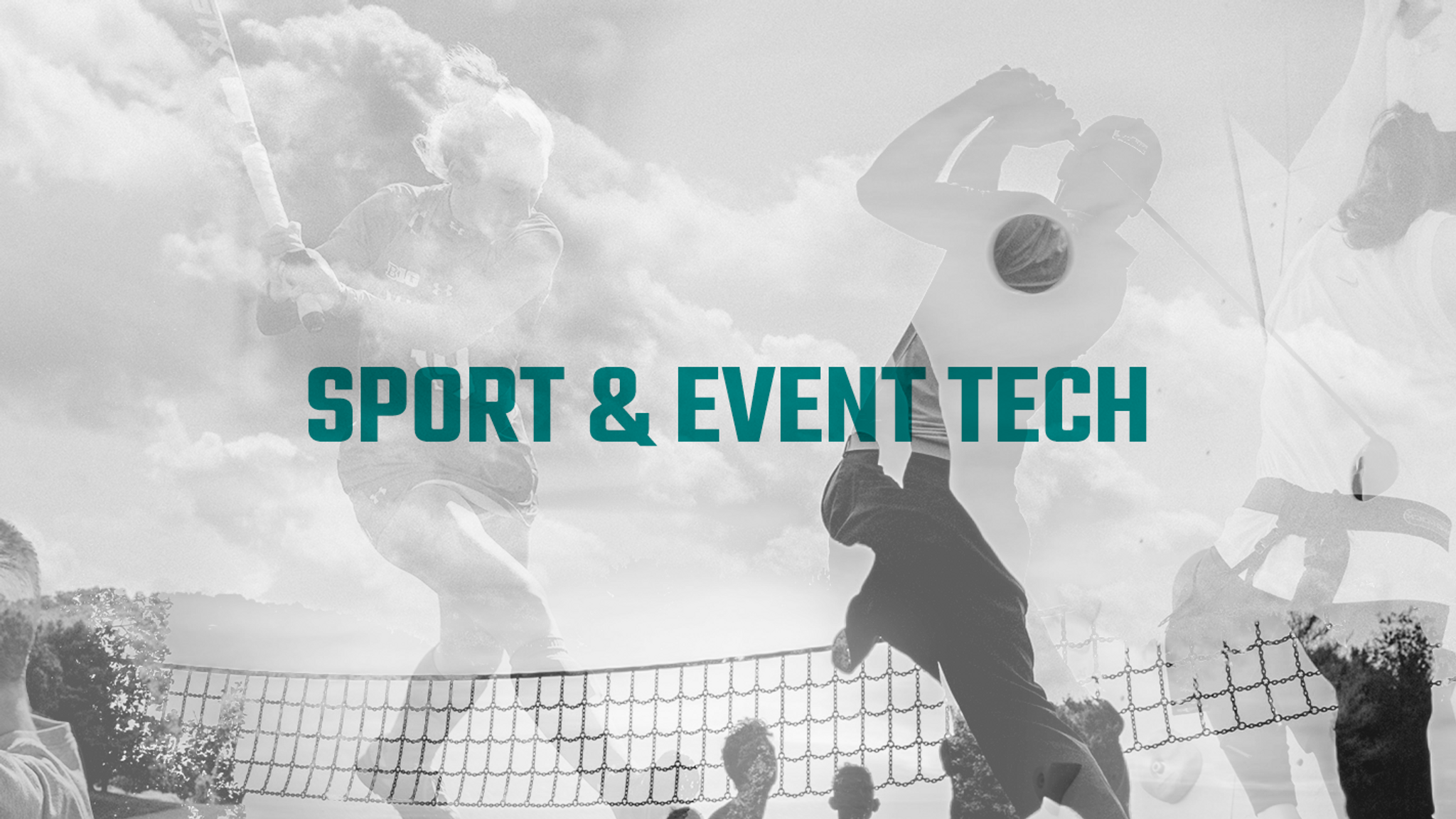What do NFTs, AR/ VR and MGUs have in common?
Ollie Howard
Published on

Sport is a rare commodity. Broad appeal and able to elicit deep passion and connection the world over. The sensation when your team wins after a long battle for the championship is absolutely exhilarating.
So beloved by consumers, participants, fans and custodians of the game, sports inspire an undeniably passionate behaviour. And it’s up to the sporting bodies to continually please their community by finding more and more ways to spectate, engage, promote, preserve and develop their sport each year.
Leveraging this unique position, the sporting industry has become a sandbox for creative ideas.
The passionate sporting fan base is expected to be worth around 599.9 billion USD in 2025 (revenue from media rights, merchandising, tickets and sponsorship). And not only that, but the fans are almost always looking for new ideas and new ways to spectate, support and engage in their love for the sport, making this industry the perfect breeding ground for new innovations.
So what have been some of the key innovations that have been seeded and nurtured in the sports industry melting pot?
Non-Fungible Tokens (NFTs)
First and most relevant right now are Non-Fungible Tokens (NFTs). Originally NFTs began as a solution helping artists securely sell their digital artwork. Some could argue that it has nothing to do with sport. But the NBA thought differently.
In October 2020 the NBA created a collection of digital trading cards - NBA Top Shot - allowing their fans to “own” basketball’s greatest moments. Not only was the NBA the first large sporting organisation to adopt the NFT technology in this way, but they also did it successfully with the NBA Top Shot generating $870 million in sales. And many sports have followed suit launching their own collectibles.
NFTs began in the world of art but were quickly adopted into the world of sport and they will only grow in popularity and mainstream use as more and more sporting organisations begin using NFT technology for ticketing, fan engagement, unique sporting experiences and much more.
Augmented Reality (AR) and Virtual Reality (VR)
Similar technology advancements happened a couple of years ago in the sporting world when augmented reality (AR) and virtual reality (VR) technology first started gaining traction.
AR and VR technology was quickly adopted into the sporting world. For the players it was used for training and simulation purposes. And for the spectators it was used to add new interesting digital enhancements to live and broadcast events.
All-in-all the sporting world has benefited by the invention of AR and VR technologies, but it was also one of the frist industries to adopt the technology for mainstream use. This has seen a massive increase in the development of the technology seeing a number of different applications all over the sporting industry and outside it as well.
Case Study: Technologies birthed in F1 before mainstream adoption
Sport has been a nice testing ground for technologies such as NFTs and AR/ VR but it’s also been responsible for developing novel techniques that have only later seen a mainstream use.
Take F1 for example. The race to develop better and faster engines for the cars led to the development of the Motor Generator Units (MGU) by Mercedes.
The MGU are two energy recovery devices for the car that enables the MGU-H (heat) to recover energy stored from the car's exhaust, and MGU-K (Kinetic) to recover energy stored from the car's brakes to make the car more efficient. These units were both used in the turbo-hybris era of Formula 1 seeing the Mercedes win eight constructors championships and dominate over the competition.
But more notable (if you’re not into F1) these energy recovery devices have now proliferated into consumer vehicles to increase performance and reduce emissions. And now are making their way into the mechanisms of electric vehicles to make them more efficient and into electric buses.
F1 has indeed always pushed forward the motor vehicle business in more ways than one along it’s development, and will continue to push the limits of car manufacturing as the sport evolves.
Sport is a very unique industry. It’s full of fanatic fans, determined athletes and teams and at the same time worth a lot of money. The interplay between those key aspects make it a breeding ground for new and a great testing field for developing innovations.
At Startupbootcamp (SBC), we’ve loved getting involved with sport and event tech startups over the last three years and now we’re excited to experience how this year's startups are changing the face of the sporting industry.
